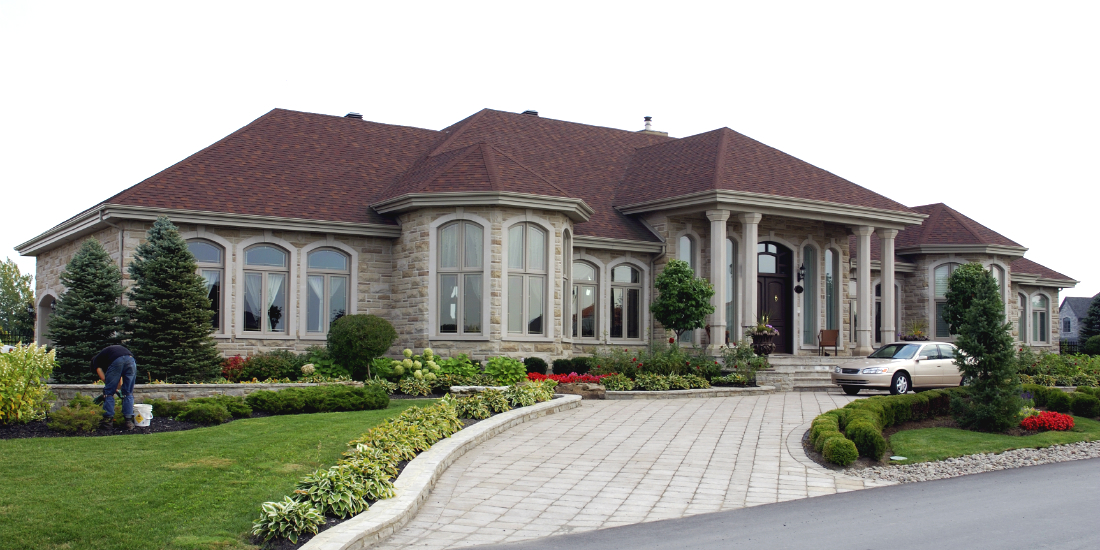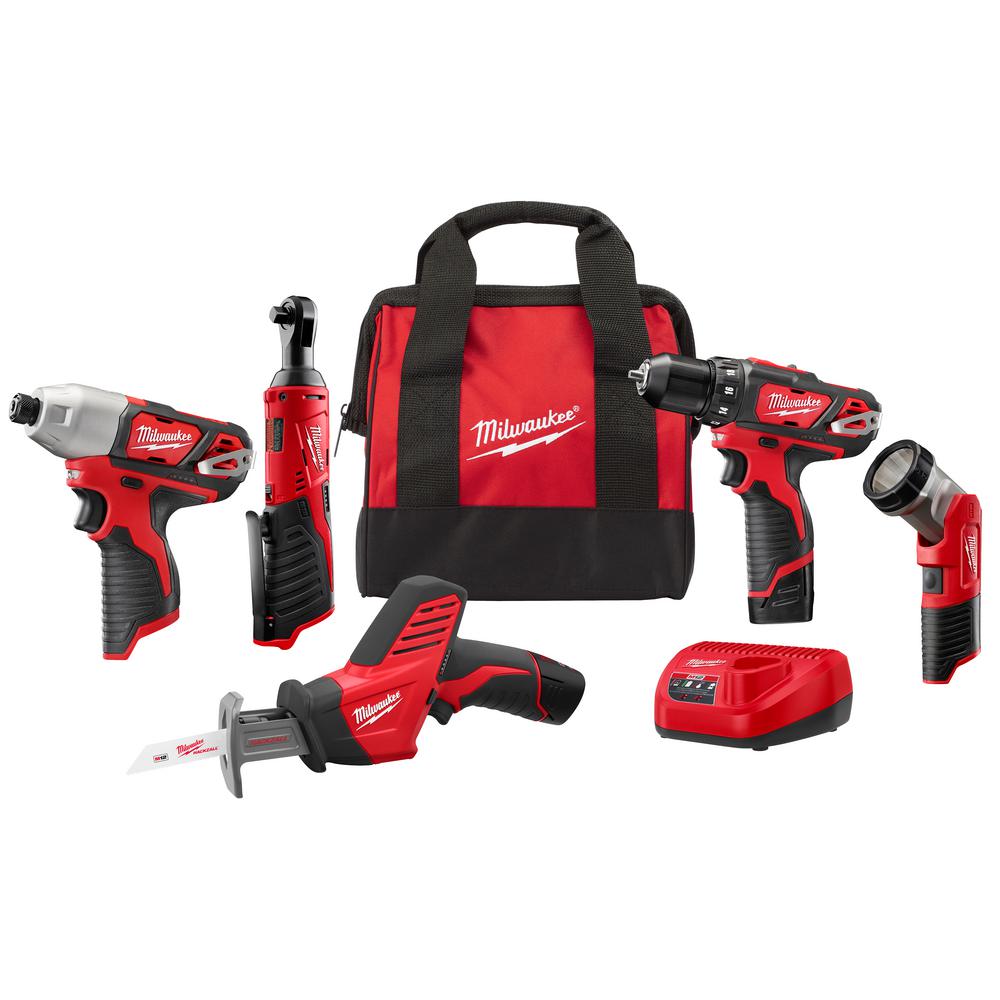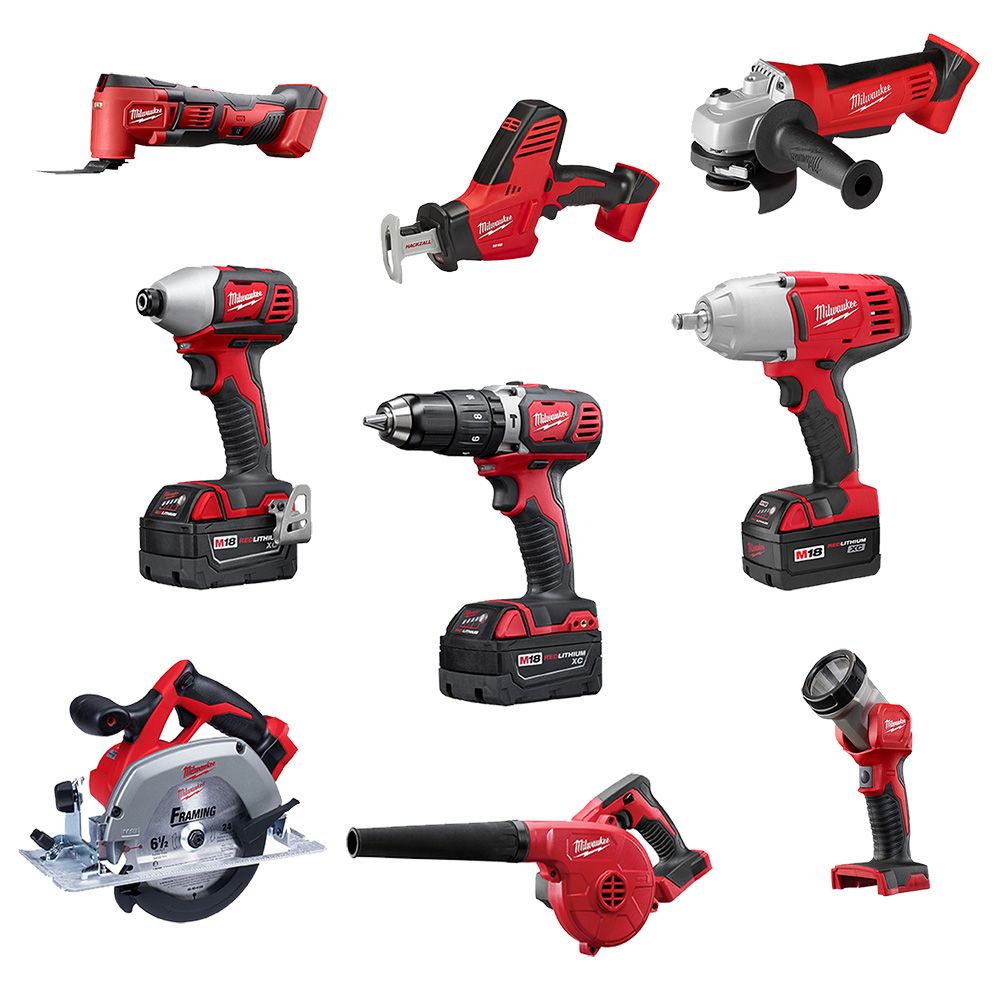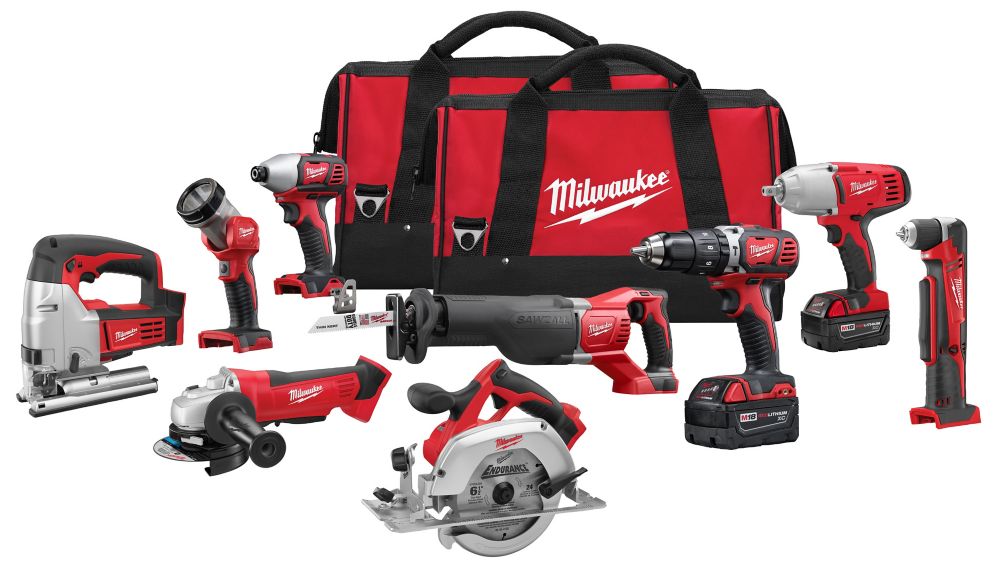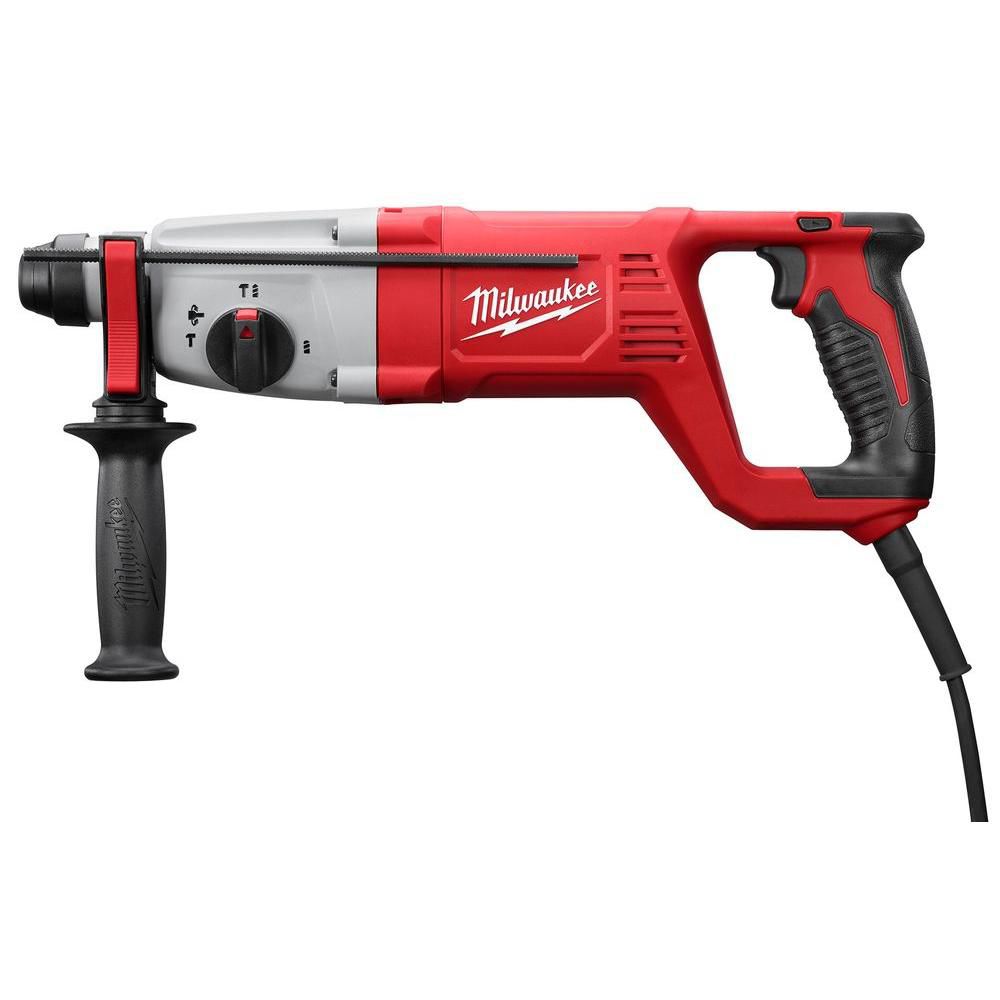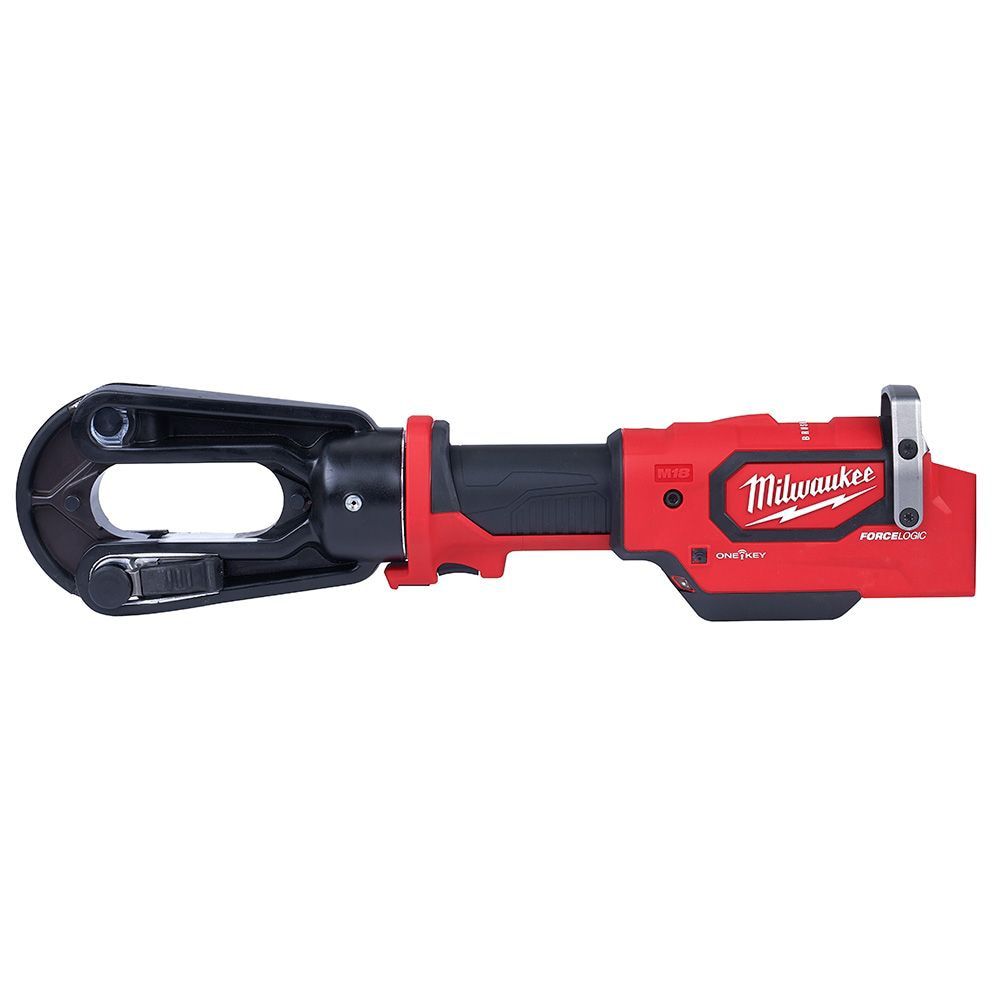Table of Content
More information on vision and imaging sensors may be found in our related guide All About Vision and Imaging Sensors. For example, Hall effect sensors are found in proximity sensors, level sensors, motion sensors, and so on. Infrared sensors are used for level sensing, flame detection, etc.

Other types of devices that fall under the category of non-contact sensors include Hall-effect sensors, inductive sensors, LVDTs , RVDTs , and Eddy current sensors, to name a few. More information on non-contact sensors is available in our related guide Types of Noncontact Sensors. Radiation Sensors/Detectors are electronic devices that sense the presence of alpha, beta, or gamma particles and provide signals to counters and display devices. Key specifications include sensor type and minimum and maximum detectable energies.
How Bizarre, How Bizarre; the Ever-changing Weather and Climate Alarmists
Even more attractive are the discounts that insurance companies offer when you use these sensors. If you want to reduce your energy usage, for either environmental reasons, economic reasons, or both, then smart energy monitors are a 'must have' device. This would allow the user to simply wave their hand over a wall mounted sensor to, for example, switch on the lights, rather than having to actually press a switch.

Automation Sensors take control of your lights and appliances so you can customize how and when to control devices around your home. It is used to monitor the ambient light levels and report them back to your home automation controller. This is often used in conjunction with a motion or presence sensor to switch lights on automatically when someone enters a room - but only if they are needed. They can also be used to ensure that security lights only operate after dark, or make outdoor lighting come on automatically at dusk. Are the sensors in which a sensing element detects a physical parameter and converts it into an electrical signal. This electrical signal is used to determine the value of that physical parameter.
Standalone smart sensors vs multipurpose smart sensors
Sensors are therefore the foundation stone of any home automation system. If you’re still looking for a reason to dip your toes in this technology – think of many of these different kinds of smart home sensors as an insurance policy on your home. There are a lot of different kinds of smart home sensors out there. As a result you should have a good understanding of the automations you’d like to implement before making a purchase.
Managing the heating and turning the light bulbs on or off is very useful to spend less each month. For the handheld or wireless-based electrical and electronics project, various types of sensors are used. A gas sensor is used to detect different types of gasses, toxic or explosive gasses, smoke in the air.
IG 345 MHz Tilt Sensor
In other words, a sensor utilizes a sensing element, mechanism, or reaction to take different types of input and provide the required output. Utilize superior strain gage technology to indulge the most challenging necessities for static and dynamic applications of sensors. There are many more sensors you can add to this list, in case if you do not have a fire or carbon monoxide detector introduced in your home, you should get one. A portion of the consolidated capacities incorporates movement, temperature, light, dampness, vibration, and UV.

An alternative is to install an automatic shut off valve, that gets notified of leaks from the leak sensors and can turn off your home’s water supply when a leak is detected. This can also save you time and costly damage in case you’re not close by. Are widely used in Industrial and hydraulic systems, these are high pressure industrial automation sensors also used in climate control systems. These Pressure sensors are widely used in Industrial and hydraulic systems, these are high pressure industrial automation sensors also used in climate control systems. In addition, there are motion sensors and you will also be able to save electricity with them. They are very useful to place in some rooms, at the entrance to the house, in the corridor, etc.
How to set the Apple TV to the highest quality
A common position transducer is a so-called string-pot, or string potentiometer. More information about position sensors may be found in our related guide All About Position Sensors. Proximity Sensors are electronic devices used to detect the presence of nearby objects through non-contacting means. A proximity sensor can detect the presence of objects usually within a range of up to several millimeters, and, doing so, produce a usually dc output signal to a controller. Proximity sensors are used in countless manufacturing operations to detect the presence of parts and machine components.

Others cast infrared beams that are reflected back to sensors that look for interruptions of the beams. Rotating Torque & Torque Transducers are few important sensors used in industrial automation. Acceleration and Motion MEMS are few important sensors used in industrial automation. Turned parts for Pressure Sensors and Vaccum Sensors are few of the major pressure sensors used in Industrial automation. A Sensor is a device that identifies the progressions in electrical or physical or other quantities and in a way to deliver a yield as an affirmation of progress in the quantity. In simple terms, Industrial Automation Sensors are input devices which provide an output with respect to a specific physical quantity .
This device helps to consistently monitor radon levels year round, ensuring that you home is at a safe level. And while the primary use case is safety, many of these products include the ability to play music throughout the house. What’s more is you can integrate additional smart products to “react” to the water sensor going off. As mentioned previously, other sound sensors measure volume at certain thresholds over a specific period of time. Others listen for noise at certain thresholds for extended periods of time. A solid state eTape liquid level sensor or, like others, just use an HC-SR04 ultrasonic sensor to measure the water level.

These humidity sensors help in maintaining the air quality and alert you about presence of allergens, mold growth etc. HTU21D from TE Connectivity, Honeywell Humidicon™HIH6100 series and NPA-700 Amphenol Advanced Sensors are the most commonly used humidity sensors in modern smart home solutions. Automation Sensors are the eyes and ears of your home, informing you and other smart devices of changes in status 24/7.
Best of all, it can even shut off your water supply in the event of a major leak, thus giving you peace of mind if you're away from home. As you can see, there are several sensors on the market that can help you create a safe, smart home that is protected even when you are not there. This adoption of this type of technology is quickly catching on and is even becoming an insurance incentive.
But you can’t always be at home and every second matters when things go wrong. Smart home devices and sensors can make the difference for time-sensitive emergencies by saving you time, protecting your possessions and preventing anxiety. On top of reviewing automation systems, WhichHomeAutomation.com also has a F.A.Q page.
The Temperature & Humidity sensors attribute a temperature & humidity sensor complex with a measured digital signal output. By utilizing the technique and temperature & limited digital-signal-acquisition humidity sensing technology, it ensures high consistency and exceptional long-standing stability. A pressure sensor detects the pressure of air, gas, water and provides an electrical signal to the controller. Smart home temperature sensors constantly measure the temperature within your home and make adjustment recommendations to your smart thermostat. Smart thermostats can turn themselves down in the winter when you’re away and re-adjust just before you get home.

By doing this I will avoid having to replace all the smoke/carbon dioxide detectors in my home and I will still get alerted when/if they go off. Beyond security applications I’ve read about homeowners placing these things in their mailbox – one piece of the sensor on the door of the mailbox, the other on the inside of the box. Most smart sensors on the market today are not necessarily meant for outdoor use.











